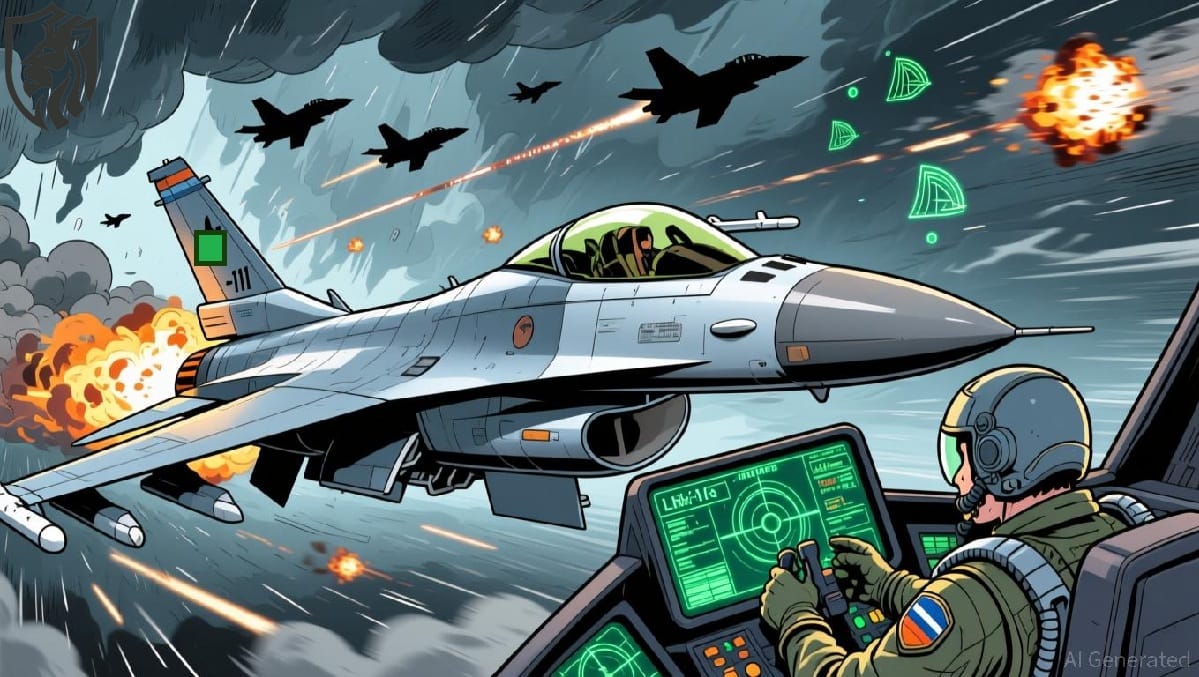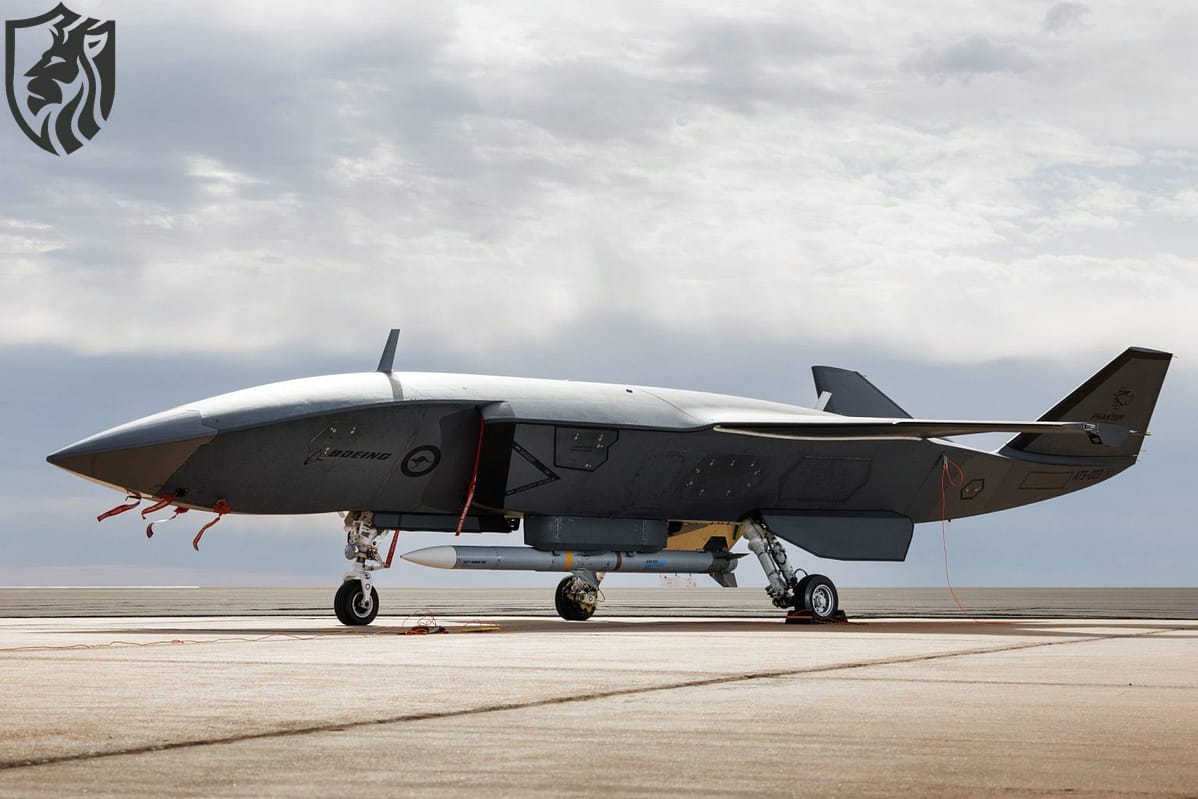
China unveils BaiDi fighter
The US-China Air Superiority Competition
The reveal of China’s “BaiDi” sixth-generation fighter has made waves in global defense discussions. Although it’s just a mock-up now, the “White Emperor” is an important milestone that shows China’s goal to lead in next-generation air strength.
This development arrives as the United States faces delays and budget issues with its own sixth-generation fighter programme, Next Generation Air Dominance (NGAD). The introduction of the BaiDi has sparked debates on whether the US can address these challenges and revive the NGAD initiative before China gains an advantage.
The Strategic Relevance of China’s BaiDi Fighter
Despite the limited details surrounding the BaiDi fighter, its launch demonstrates China’s rapidly advancing technological capabilities. The Chinese government has indicated that the BaiDi is more than a simple design—it’s a clear signal that China intends to contest US air supremacy. For the US, this display of progress in advanced fighter technology evokes significant pressure on military leaders and raises concerns about America’s future in air combat advancements.
The BaiDi fighter may represent a major step forward for China’s military tech and shows Beijing’s intent to counter US aerial dominance. Even if the fighter is years from being operational, the psychological impact of China advancing in air superiority can prompt the US to reassess its approach to NGAD.
The Current Timeline for the US NGAD Initiative
The NGAD programme has encountered major challenges in creating a sixth-generation fighter for the US Air Force. High expenses, tech obstacles, and political pressure have hindered progress. With an estimated cost of $300 million per aircraft, the NGAD initiative faces criticism for its financial burden. Economic conditions, worsened by inflation and competing defense needs, complicate the US government’s ability to support such large investments.

However, with China’s introduction of the BaiDi, circumstances have shifted. The US risks lagging in a vital military tech area. If China advances beyond the US in fighter aircraft development, American air superiority and confidence among its allies could be compromised, resulting in serious geopolitical effects.
The Urgency for the US Military to Revive NGAD
The debut of BaiDi has created urgency for the US’s NGAD program. Although China’s mock-up isn’t a functioning aircraft, the psychological effect is clear. It conveys that China is serious about narrowing the tech gap with the US and might even surpass it soon.
In reaction, the US may have no option but to accelerate NGAD development to maintain its tech advantage. A renewed NGAD program could redefine the future of aerial supremacy. Beyond just an advanced fighter, the NGAD could involve modern technologies like autonomous operations, enhanced sensor systems, and networked drone missions that redefine air combat standards.
Still, this revival comes with challenges. Funding the NGAD program is crucial, and without proper financial support, further delays may occur. Should the US fail to respond rapidly, China’s progress may limit the US’s chances to be the frontrunner in next-gen air power.
Collaborative Approaches: Involving Allies in NGAD Development
One way to ease the financial demands of NGAD development is to establish strategic collaborations with US allies. Countries such as the UK, Japan, and Australia share a strong interest in maintaining regional balance in the Asia-Pacific.
China is growing its influence in regions and Europe. By combining resources and sharing costs, the US and allies may speed up the NGAD platform’s development, making it a cheaper project. Working together could spark new ideas in air combat systems, as different countries share their knowledge and technology.
For instance, bringing together allied drone tech or stealth materials could boost the NGAD’s abilities, strengthening it against new threats. This partnership could also bring economic perks and serve as a diplomatic tool. Strengthening ties with key allies might help form a united front against China’s expanding military presence and show that the US and its partners lead in technological progress.
Economic and Industrial Effects of Restarting NGAD
The main aim of the NGAD programme is to maintain US air superiority, but restarting it may also have economic advantages. A renewed NGAD could create jobs, especially in high-tech fields like aerospace, materials science, and advanced manufacturing.
It might also lead to new developments with civilian uses, boosting areas like robotics, artificial intelligence, and sensors. Still, restarting NGAD comes with hurdles. The US economy faces inflation, and the funding needed for the NGAD program might be seen as less important than domestic issues like healthcare or infrastructure. Policymakers must argue strongly for the economic and strategic need for NGAD.
Reviving NGAD could help the US defense industry, strengthening sectors that have struggled recently. Research and development funding could lead to breakthroughs that benefit both military and civilian technology.
Time Is Critical: Competing with China
Time is crucial in the quest for air superiority. Each month of delay in NGAD lets China advance, getting closer to making the BaiDi an operational platform. With China’s tech abilities growing, the US needs to move quickly to avoid falling behind in air power. The airborne dominance gap could become too large if the US doesn’t prioritise next-generation fighter developments.

Conclusion: The Future of US Air Superiority
China’s unveiling of the BaiDi fighter shows the competition for air dominance is increasing. While the US faces financial and tech issues with the NGAD project, the danger of losing its advantage in air combat could urge the US military to act.
Reviving NGAD will need major investment, strategic partnerships, and a renewed focus on innovation. The success of the NGAD program will hinge on how effectively the US addresses the challenges posed by China’s advancements. If the US can overcome current hurdles and create a next-generation fighter who surpasses the BaiDi in capabilities, it can maintain air superiority and solidify its position as a leader in military technology.
References
- Defence News (2024). “The US Military Faces Pressure to Accelerate the NGAD Program in Light of China’s Advancements.”
- The Diplomat (2024). “China’s BaiDi Fighter: What We Know and How It Affects Global Air Power.”
- Aerospace Technology Review (2024). “Reviving NGAD: The Road Ahead for the US Air Force”







